Patriot Chronicles: The Sad and Strange Story of John Berry
by: John C. Carter
Introduction:
Between December, 1837 and December, 1838, there were at least 14 recorded armed and violent incursions from United States into Upper Canada. These unsanctioned attacks constituted what is referred to as the Patriot War, or the 1838 Upper Canadian Rebellion. For their involvement, more than 1,000 men were arrested for treason and piratical invasion. One of those captured near Prescott, at the Battle of the Windmill, was a local man named John Berry.
This month marks the 181st anniversary of the Battle of the Windmill. It was the second last incursion of the Patriot War, and it proved to be the largest military engagement evidenced during the 1838 Upper Canadian Rebellion. Much has been written about events associated with this episode, but very little has been penned about individuals involved in this skirmish. This article will focus on one of these men, John Berry.
Background:
John Berry was born on October 8, 1798 in Chatham Centre, Columbia County, New York. Around 1822, he married Rachel Whissel [Whistle, Weisel]. Her parents were Georg Wissel and Anna Sophia Vreeland. They were involved in the timber cutting business, which necessitated the family to move frequently back and forth from New York State and Upper Canada.
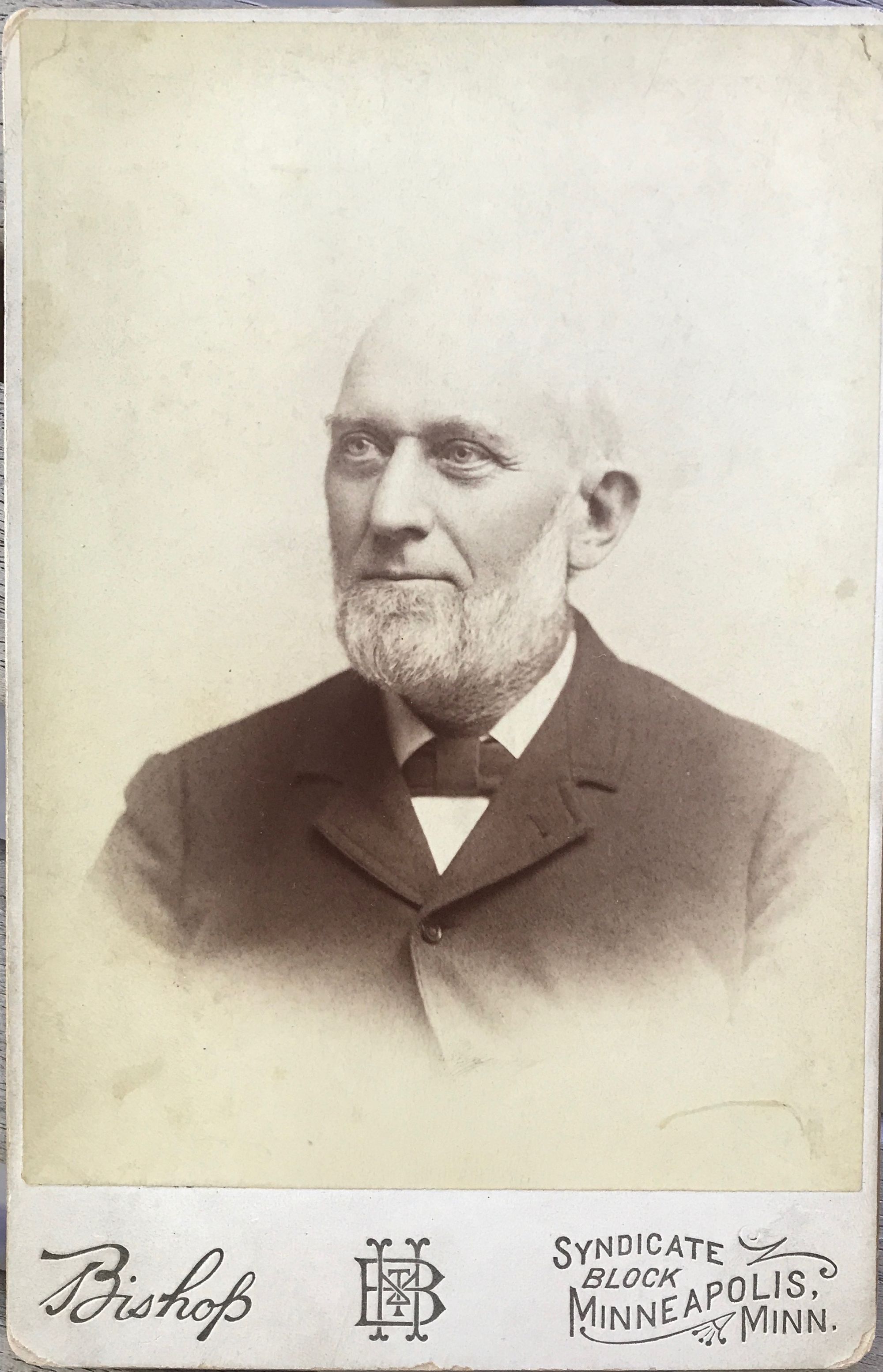
Family records indicate that between 1823 and 1836, John and Rachel had six children. There were three boys (Harvey, Asa & Luther), and three were girls (Martha, Lucy & Mary). They were raised in Rutland, Vermont. At some juncture John Berry sailed with Gideon King on Lake Champlain. Not much more is known about John Berry’s early life, and it is unclear why he moved permanently to Upper Canada. He purchased his land in 1836, and by 1837, he was listed as a farmer who owned 200 acres on the 6th Concession of Elizabethtown, Upper Canada. He was also engaged in the lumbering business there. While in Upper Canada, he lived and worked on his own, while his family remained in Rutland, Vermont. It is possible that John Berry moved back and forth between Upper Canada and Vermont, because in May of 1836, his youngest son Luther was born in Rutland, Vermont.
Berry’s Rebel Involvement:
Locally, John Berry was known as an “ardent Patriot,” and he was regarded as a strong supporter of Republican causes. Because of his political stance, Berry was incarcerated in the Brockville Gaol at the outbreak of the 1837 rebellion. On his release in December 1837, he fled from Upper Canada. He became a refugee in Columbia County, New York, and fully connected himself there with other disaffected Canadians. He also joined the local Hunters’ Lodge, with the aim of helping to overthrow what was perceived in some quarters in United States as being “tyranny” in Upper Canada.

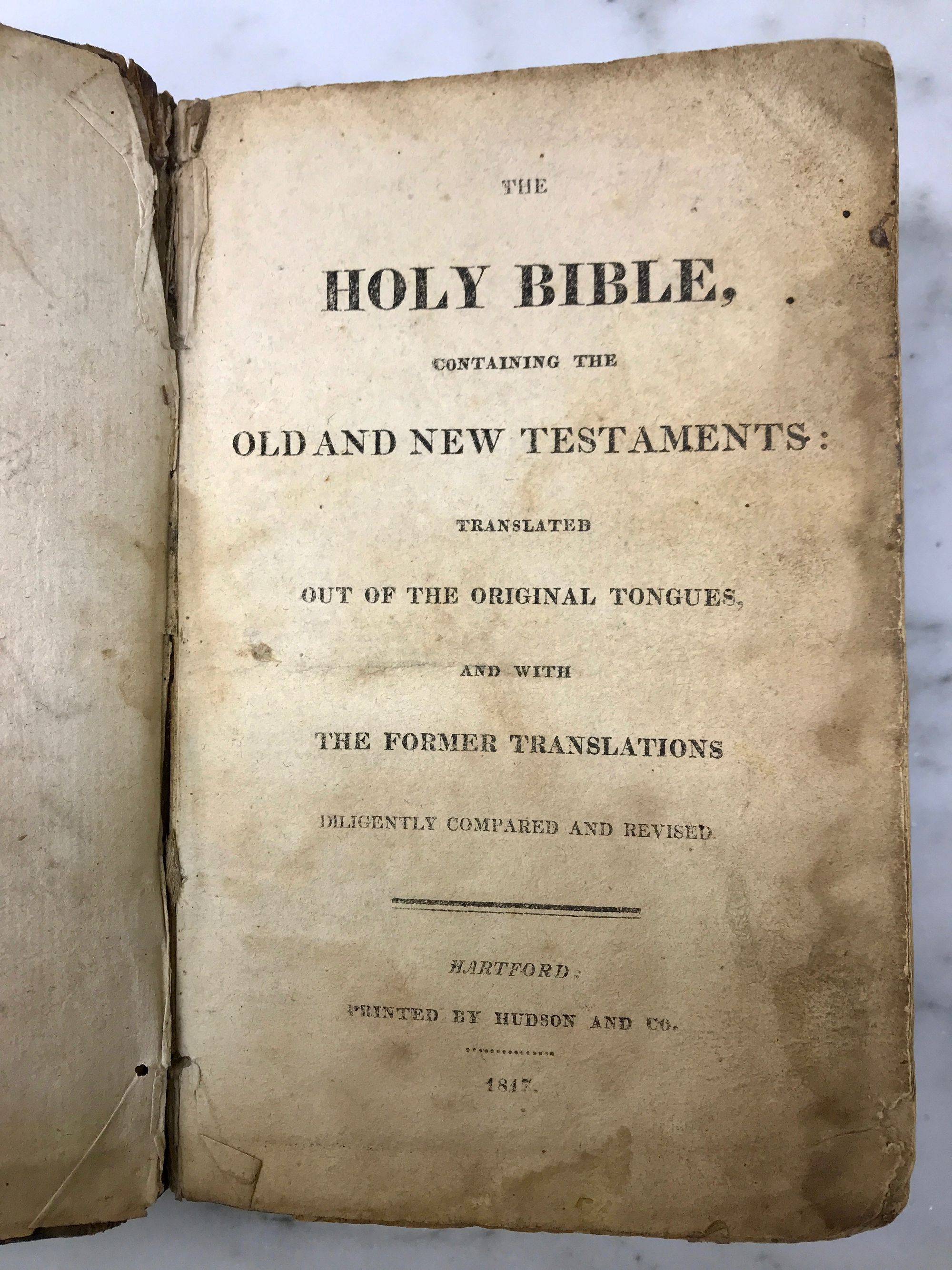
Later, he participated in the unsuccessful Patriot Army attack on Prescott, and was captured at the Battle of the Windmill in November, 1838. In his deposition upon capture, Berry said that he had been “...engaged by Captain Benedick at 16 dollars a month to assist in fortifying an island between Ogdensburg and Morristown, as winter quarters for the Patriots preparatory to their attacking Canada.” Berry claimed that he had boarded a steamboat [the United States] at Oswego, New York, wanting to land at Sackett’s Harbor, and then found out that an immediate attack was going to be made into Canada.
A trial in Kingston would follow. There John Berry was charged with “piratical invasion,” and convicted of “high treason and feloniously invading the Province of Upper Canada.” His fate was sealed when Sir John Colborne sent a dispatch to the Marquis of Normandy, the British Home Secretary, on September 27, 1839. Writing from Montreal, Colborne noted that; “The convicts from Kingston, in Upper Canada, arrived early this morning, and have been forwarded to Quebec to be embarked on board the Buffalo.” At age 40, Berry would be one of the oldest men to suffer this fate because of his participation and involvement in the Battle of the Windmill.
To Van Diemen’s Land:
Berry and his comrades were sent to the penal colony of Van Diemen’s Land (now the Australian State of Tasmania). He and a total of 91 other English-speaking colleagues, were transported there as political prisoners aboard H.M.S. Buffalo. The journey took 137 days, and the Buffalo sailed over 16,000 miles. It anchored off Hobart Town on February 12, 1840, and the prisoners were unloaded on February 15. An officer on board noted that; “We have had one of the most delightful passages that could be made, as to the weather-a fair wind all the way; and, with the exception of a few squalls, with rain near the line [equator], not more than a strong breeze. The prisoners, on the whole, have behaved remarkably well.” Perhaps not a description that the prisoners would agree with!
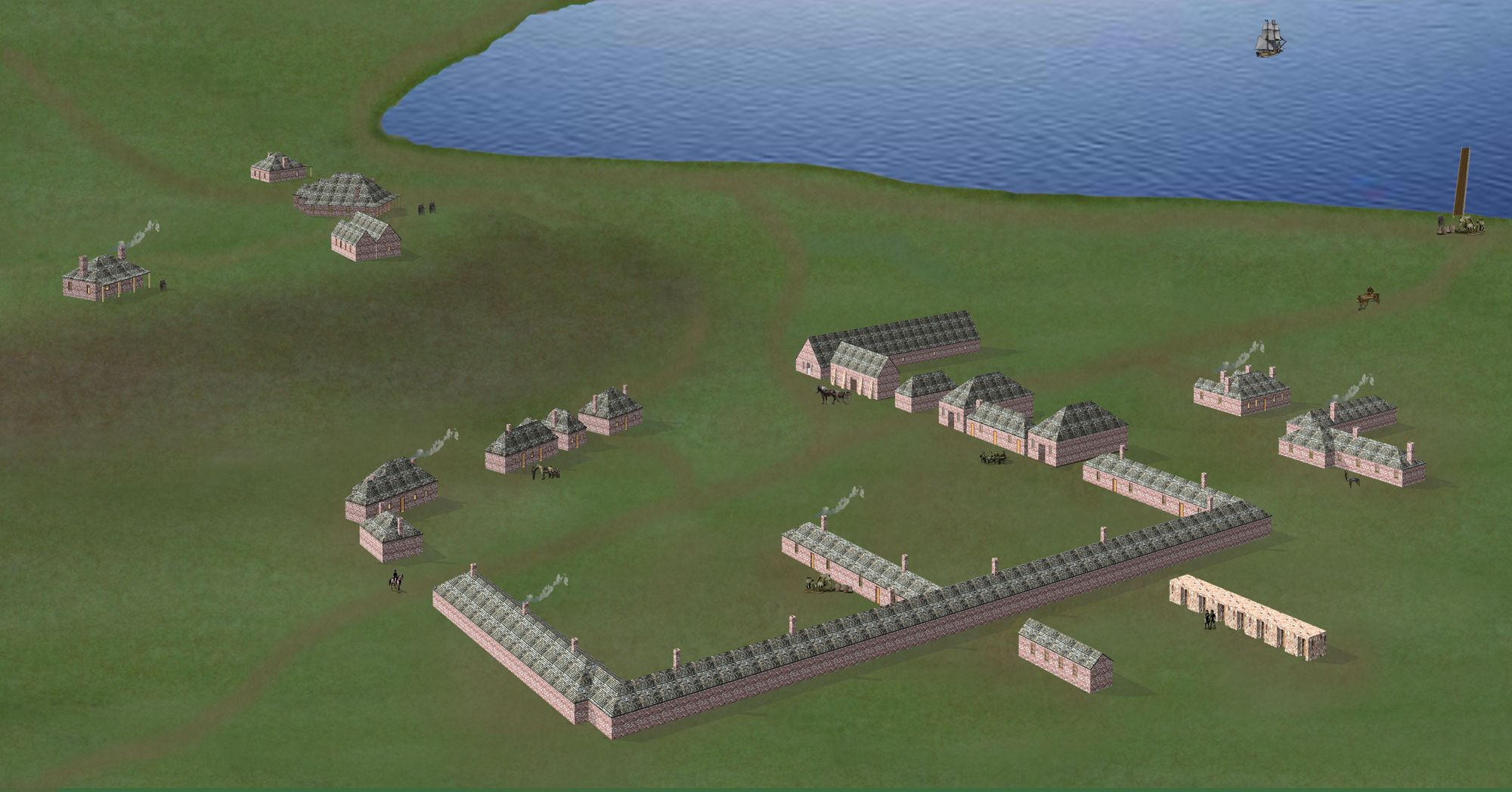
Their arrival brought mixed reactions, which were recorded in local newspapers. The Hobart Town Advertiser of February 21 was not complimentary; “These men are a body of Americans of the lowest order, many of whom have been convicted of offences against the laws of their own country, and are now under conviction, not merely of a political offence, but also of the most atrocious acts of wanton robbery, arson and murder.”
The February 21 [Hobart Town] True Colonist concurred; “They are not true patriots fighting for their liberty, nor are they even Canadians. They are Borderers from the States-Bushmen like our sawyers, splitters and fencers-who being attracted by the troubles in Canada, took arms not to support the cause of liberty, but to gratify their love for rapine and plunder.”
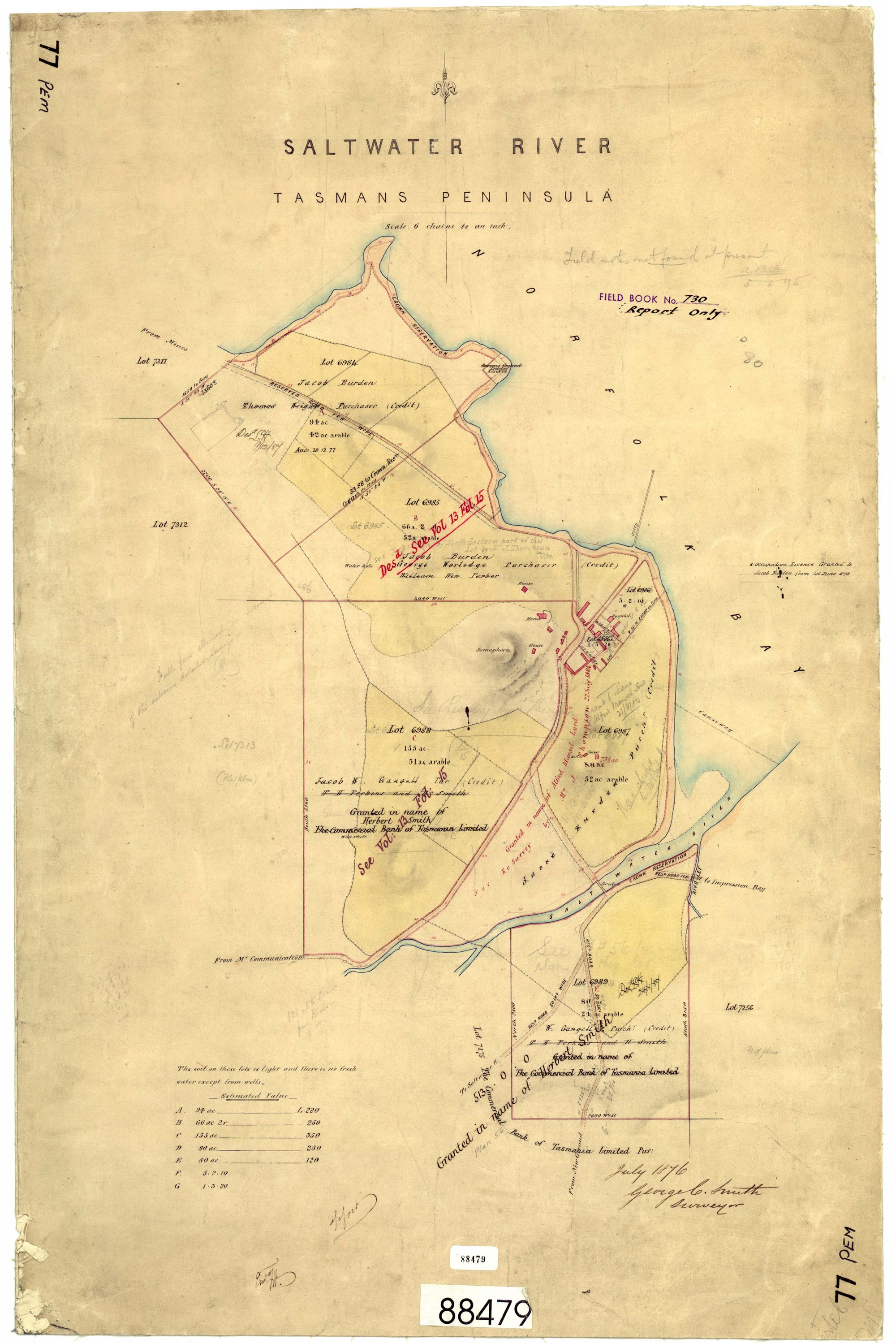
The exiles were portrayed in the February 20 editorial in the Launceston Advertiser, in a more positive manner; “It will be an exceedingly hard case if the Canadian prisoners, who have recently arrived in Hobart Town by the Buffalo, are treated like common felons...We look upon them as mere prisoners of war, and have a right to be free from all restraint which is not absolutely necessary to prevent their escape.”
Life in a Prison Colony:
These prisoners were collectively employed at building roads and working on other government sponsored projects. They were considered as political prisoners, and not mixed with common felons who had also been transported to Van Diemen’s Land. Berry and his fellow convicts laboured at the Sandy Bay, Lovely Banks, Green Ponds, Bridgewater, and Salt Water Creek/River Probation Stations. During this period, his prison record showed several minor transgressions. On November 16, 1840 while at Lovely Banks, he was charged with being absent without leave, while at Green Ponds on January 5, 1841, he left that station without permission and returned with flour in his possession for which he could not account for. For this violation, he was given three days’ solitary confinement on bread and water. From July 1841, he was at Salt Water Creek/River Probation Station on the Tasman Peninsula, where he was issued his ticket of leave (a form of probation). He received this indulgence on February 10, 1842. On July 5, 1842, he was reprimanded for exposing himself. Soon after, Berry was hired out as a shepherd. He was sent to a remote part of northwestern Van Diemen’s Land to work on his own.

An Absolute Pardon was issued to Berry, along with eleven other Patriot colleagues, on June 27, 1845. With this official verification of his status, he finally became a free man. Berry sought permission to marry Elizabeth Donahoo on February 7, 1854, but if the marriage ever took place, it was never registered. Little did Berry realize that because he was a free man, he did not require any government permission nor sanction for him to marry.
Unfortunately, Berry remained ignorant of his freedom until 1857. On eventually being informed of his pardon and then “discharged from further servitude,” he immediately began to make arrangements for his departure from Van Diemen’s Land and his return home. Shipping records indicate that a John Berry embarked from the port of Launceston, in November, 1857.
His Return Home:
It is uncertain exactly when John Berry left Van Diemen’s Land and returned to the United States. One of the first mentions of these details is contained in an article entitled “A Returned Patriot,” which was published in the Burlington [Vt.] Courier of July 22, 1852. It suggested that Berry was in Rutland, Vermont on July 21, 1852, after landing in Boston six weeks previously. The voyage had taken 17 months. A story in the Oswego [N.Y.] Daily Journal’s February 8, 1855 edition, and also in the February 9, 1855 issue of the Skaneateles [N.Y.] Democrat, offered a slightly different story. It suggested that Berry had received assistance in 1841 from President William Henry Harrison’s administration for his liberation. On obtaining his freedom, the article claimed that Berry had worked his way back aboard the whaling ship Herald, in a voyage taking place over a period of 43 months, in return for a free passage back to the United States.
In standard published interpretations of these events,** it is believed and has been suggested that Berry worked his passage back to his home aboard an unnamed, New York based, south-seas whaling vessel. Commentators and authors have written that he finally reached New York City early in June, 1860. There Berry disembarked, and then commenced his return to Canada. From New York City, Berry journeyed to Cape Vincent, New York, and crossed over the St. Lawrence River to Kingston. He then took a ferry to Brockville, arriving there after a long absence of 22 years!
His amazing story was recorded in the Brockville Monitor of June 19, 1860, and it was repeated in the Stratford Beacon of June 29, 1860. These details included the fact that Judge William H. Draper, the former Solicitor-General of Upper Canada, was also aboard the steamboat. The irony of this was that Draper had been the Crown Prosecutor at Berry’s trial, and was responsible for his conviction! The judge recalled Berry and “...shook hands with him and generously helped him onward.” It is probable that Berry shared his circumstances with the editor of the newspaper, as the article ended by noting that; “In conclusion we would say that this brief narrative is published with Mr. Berry’s permission.”
This connection with the media and the public would become the focus of John Berry’s next chapter in his life. Many of the people John Berry had previously known had died, including his wife Rachel on April 23, 1850, and his children had grown up to become adults. Because of his brief residency in Upper Canada and a long intervening period in Van Diemen’s Land, he met strange and unfamiliar faces at every turn. Also, he no longer owned property, as all his capital assets had been seized and sold by the government of Upper Canada, as a consequence of his rebellious actions. With really no reasons to stay, Berry would subsequently move to Oswego, New York.
The Strange End to John Berry’s Life
For over the next decade, John Berry roamed Vermont and New York states. He looked for his lost children, told his story of incarceration to anyone who would listen, gave public lectures for which he received food, shelter and money, and provided interviews to many newspapers. The [Rochester, N.Y.] Democrat & Chronicle of July 21, 1873, commented on this aspect of his life; “This is the man who imposed upon the papers of Watertown, Troy, Saratoga, Schenectady and other places, with a story as to his sufferings in Van Dieman’s Land.” It added; “He has several times been shown an imposter; but has managed to recover his reputation for veracity in each instance, and, taking new routes, has gathered to himself money, sympathy, newspaper notices, etc.”
Another account of a man named [Samuel] Washburn,** was printed in the July 21, 1873 edition of the Buffalo Commercial. It noted that this individual had appeared in cities in that part of the country and told “...a most pitiful story” of his life as a convict in Van Diemen’s Land. It claimed that; “His statements had a smack of the pitiful about them, and whether true or false, were always listened to with interest.” The piece added that on his return from the penal colony that; “...he found it profitable to tell the story of his sufferings. It paid so well that he traveled and every where told about the same tale.
The result was he lived an easy sort of life, many being willing to give him a pittance when they learned the trial he had undergone.” The article concluded with a shocking revelation that this man’s real name was John Berry! This information was also confirmed in the [Ogdensburg, N.Y.] Daily Journal of July 22, 1873, with the statement that the man calling himself Samuel Washburn was an imposter, and was really John Barry. In addition, an obituary published in the July 23, 1873 issue of the Syracuse [N.Y.] Daily Journal, alleged that; “John Berry, alias Samuel Washburn, the Van Diemen’s Land imposter, who has gulled the people of this city several times, by his plausible story, died at Burlington recently.”
To complicate matters even more, several accounts published in newspapers in the fall of 1860 in New York, New Hampshire and California, all related similar stories about a political prisoner’s life. These stories mirrored details of narratives and accounts later provided by Samuel Washburn/John Berry. However, there are no existing records of a John Bateman currently held at Fort Henry, his name is not in the manifest of H.M.S. Buffalo, nor is John Bateman listed in Tasmanian Convict Records which are connected with prisoners transported there as a result of their involvement in the 1838 Upper Canadian Rebellion. What could be the possible connection? John Berry’s wife Rachel was first married to a man named John Bateman Jr. Is it possible that John Berry on his return from Van Diemen’s Land, first passed himself off using the pseudonym of John Bateman, and then later spun his tales under the alias of Samuel Washburn? Unfortunately no definitive conclusions about these matters have yet been made.
Conclusion:
On his return from Van Diemen’s Land, John Berry remained in the United States. There for the most part, he lived out the rest of his life in the states of New York and Vermont, often described as being a pauper and in abject poverty. In his obituary, the Plattsburg [N.Y.] Sentinel of July 18, 1873, and the July 21, 1873 edition of the Essex County [N.Y.] Republican, noted his return to the United States, “...where he has since led a wandering life.” At the age of 82, he died at the Burlington City, Vermont, Poor House/Farm, on July 15, 1873. The only tangible remnant that remains of him appears to be his family bible. On the fly leaf, the following is inscribed: John Berry’s Book Steel not this book for the fear of Shame for here you see the owner’s name. John Berry, Rutland. A somewhat ironic comment considering his life experiences!
John Berry was one of the few Canadian-based Patriots who actually participated on the rebel side during the 1838 Upper Canadian Rebellion. In addition, he was one of a handful of men living in Upper Canada, who were captured, tried, convicted, and then transported to Van Diemen’s Land. He was one of the last North American political prisoners to leave Van Diemen’s Land, and one of the last of the members of the Patriot Army, who would eventually die in complete obscurity. While John Berry contributed a small part to Canadian, American and Australian histories, he remained a mysterious figure to the end, and was a man who had lived an unfortunate, sad and strange life!

Endnotes:
*Rachel was married first to John Bateman Jr. in 1812. They had two children before John’s death on September 27, 1820. In 1822, she married John Berry.
**The author and Berry family relatives continue to research the apparent discrepancies in the two versions of this chapter in John Berry’s story.
***Both Washburn and Berry were acquainted with each other. At one time they each lived in Oswego, New York. Both were captured at the Battle of the Windmill, and were sent to Van Diemen’s Land as political prisoners. They would have worked together at the same probation stations, until receiving their tickets of leave. Washburn and his wife Agnes Scott left Van Diemen’s Land for Port Albert, Gippsland, on August 3, 1846. There is no record of his return to the United States in family records, but articles in American newspapers of July, 1868, indicate that he arrived alone in New York City, and was making his way back to Buffalo to search for relatives who lived nearby in Wales, New York.
Acknowledgements:
The author would like to acknowledge Mike Kehoe of Richmond, Utah, and Cozy and Mark Palmer of Dallas, Texas (who are relatives of John Berry), for their assistance in writing this article. Thanks also go to Susan Hood, Paul Huey, Dr. Hamish Maxwell-Stewart, Chris Raible, Ron Ridley, Moira Saunderson, and Dr. Stuart Scott for their valuable additional input.
By Dr. John C. Carter
Dr. John C. Carter is a Research Associate, History and Classics Programme, School of Humanities, University of Tasmania, and he is a frequent contributor to Thousand Islands Life. Please contact him at drjohncarter@bell.net, if you are related to John Berry or have any further information about this fascinating man.
We congratulate Dr. Carter on the launch of his new book, "The Perils and Pitfalls of the Steamer "Plougboy." by John C. Carter. To purchase a copy, contact the Homestead at jrph@erca.org. Through the generosity of Dr. Carter, all proceeds from book sales benefit the John R. Park Homestead, Essex, Ontario.
Dr. Carter has provided many articles for TI Life capturing the history of the Patriot's War, see them here.


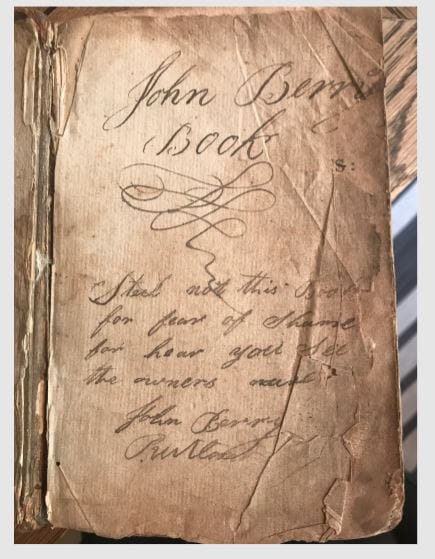
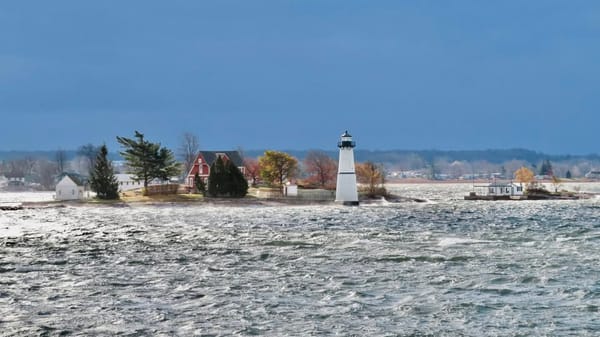

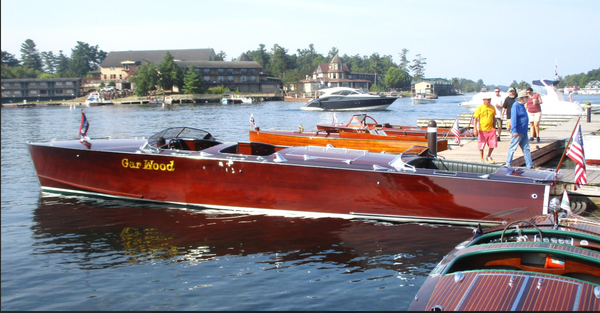
Please click here if you are unable to post your comment.